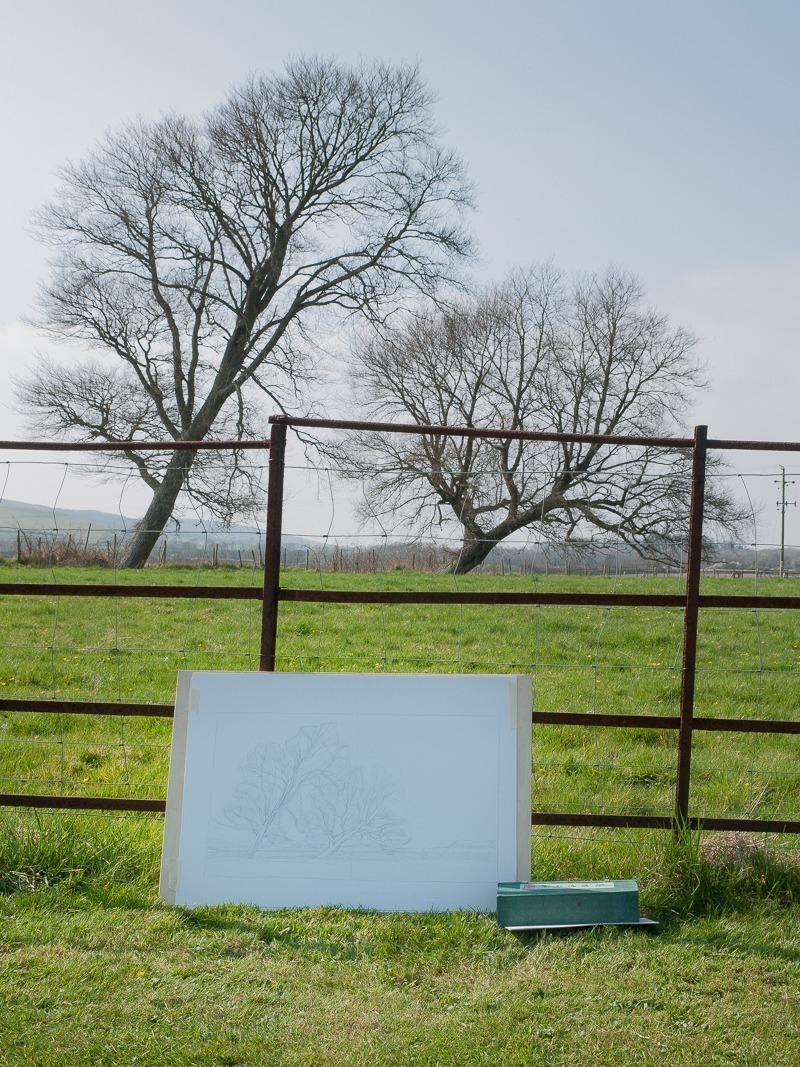Woodland bird feathers wanted
The authors are keen to include some drawings of the feathers of British woodland birds in The New Sylva. Can you help by providing a beautiful feather from a jay or tawny owl, a woodcock or perhaps a great spotted woodpecker? We are looking for the attractive feathers of oneContinue Reading

 This work is licensed under a Creative Commons Attribution- NonCommercial- NoDerivs 3.0 United States License.
This work is licensed under a Creative Commons Attribution- NonCommercial- NoDerivs 3.0 United States License.
